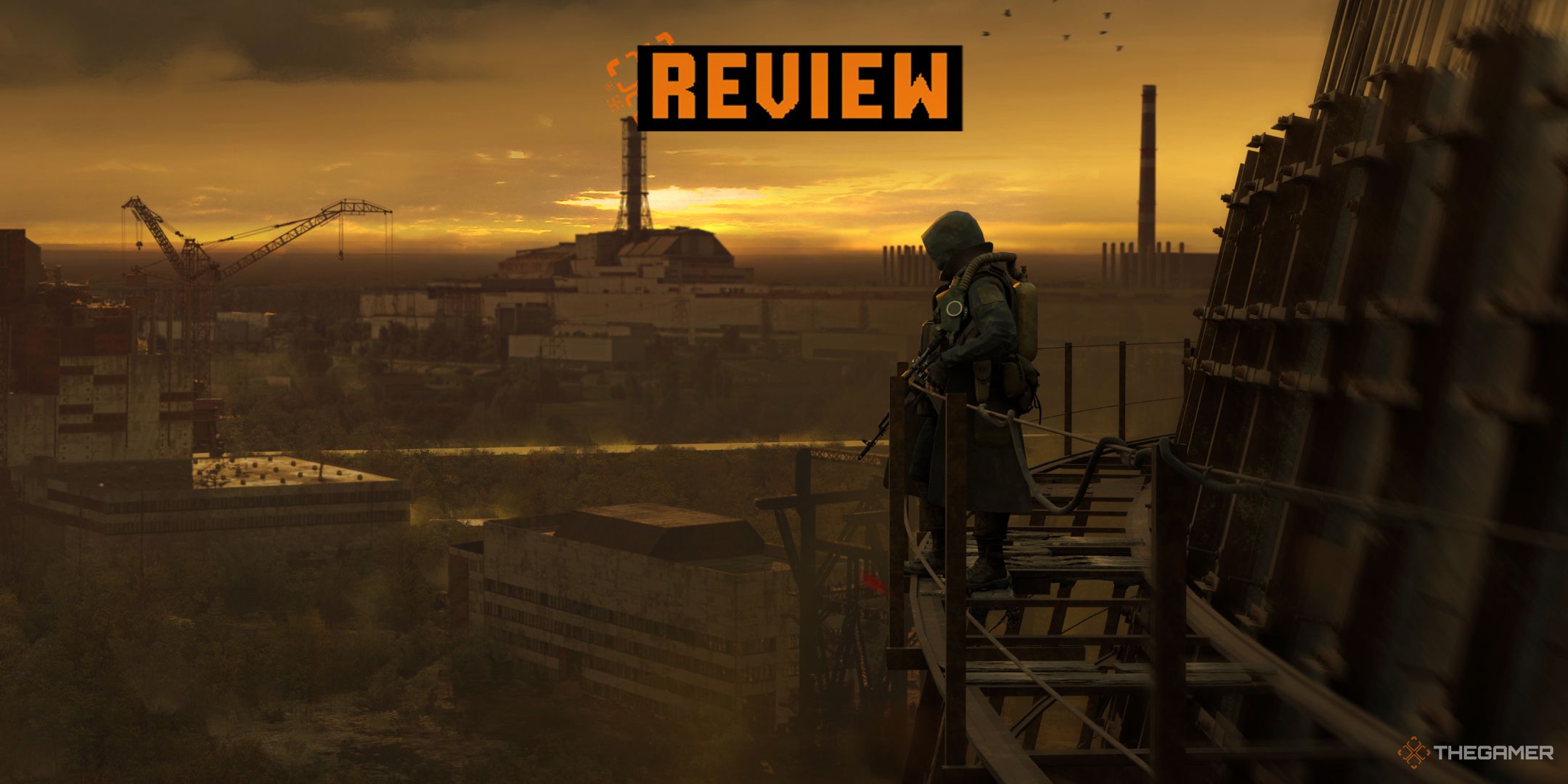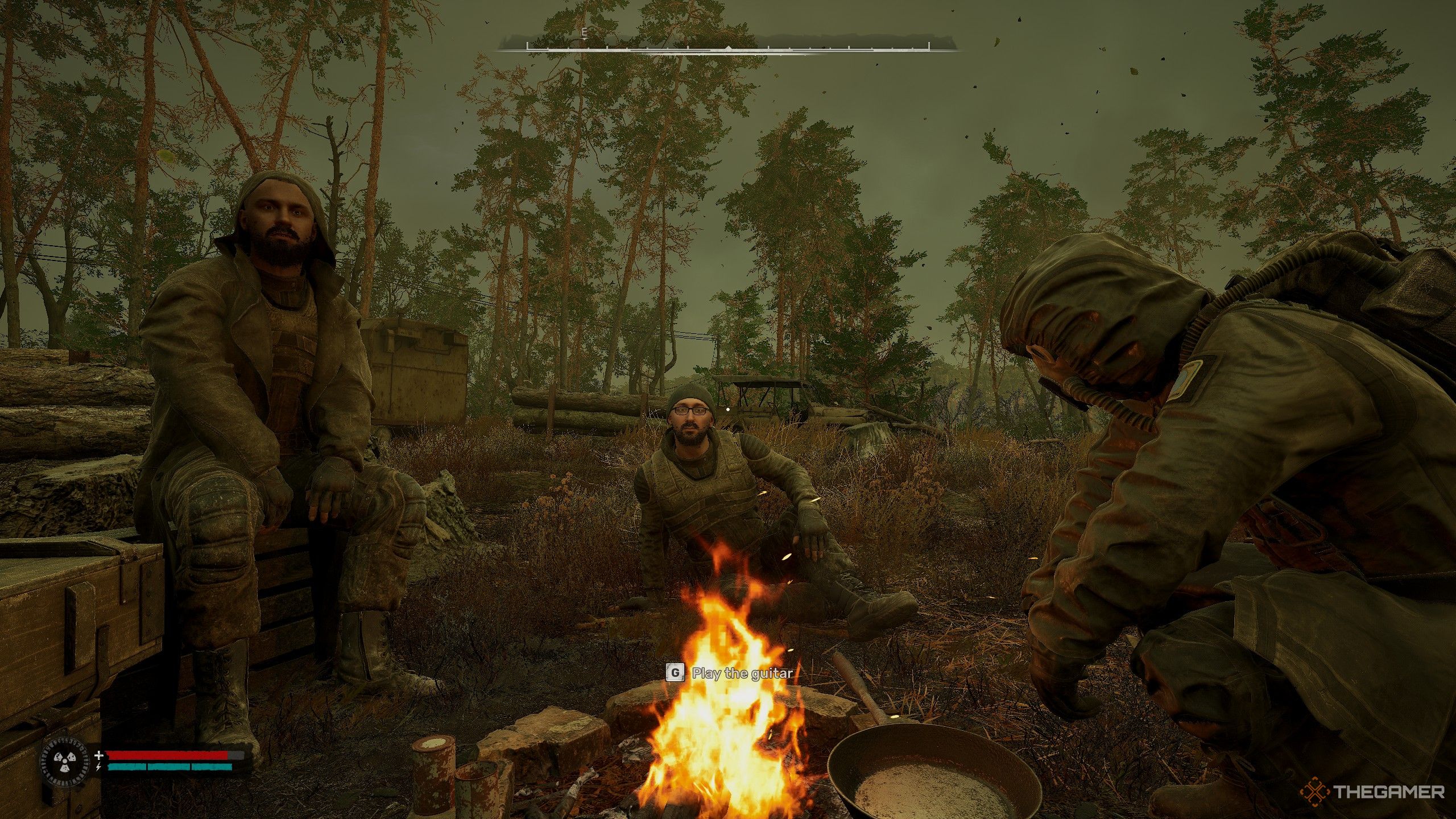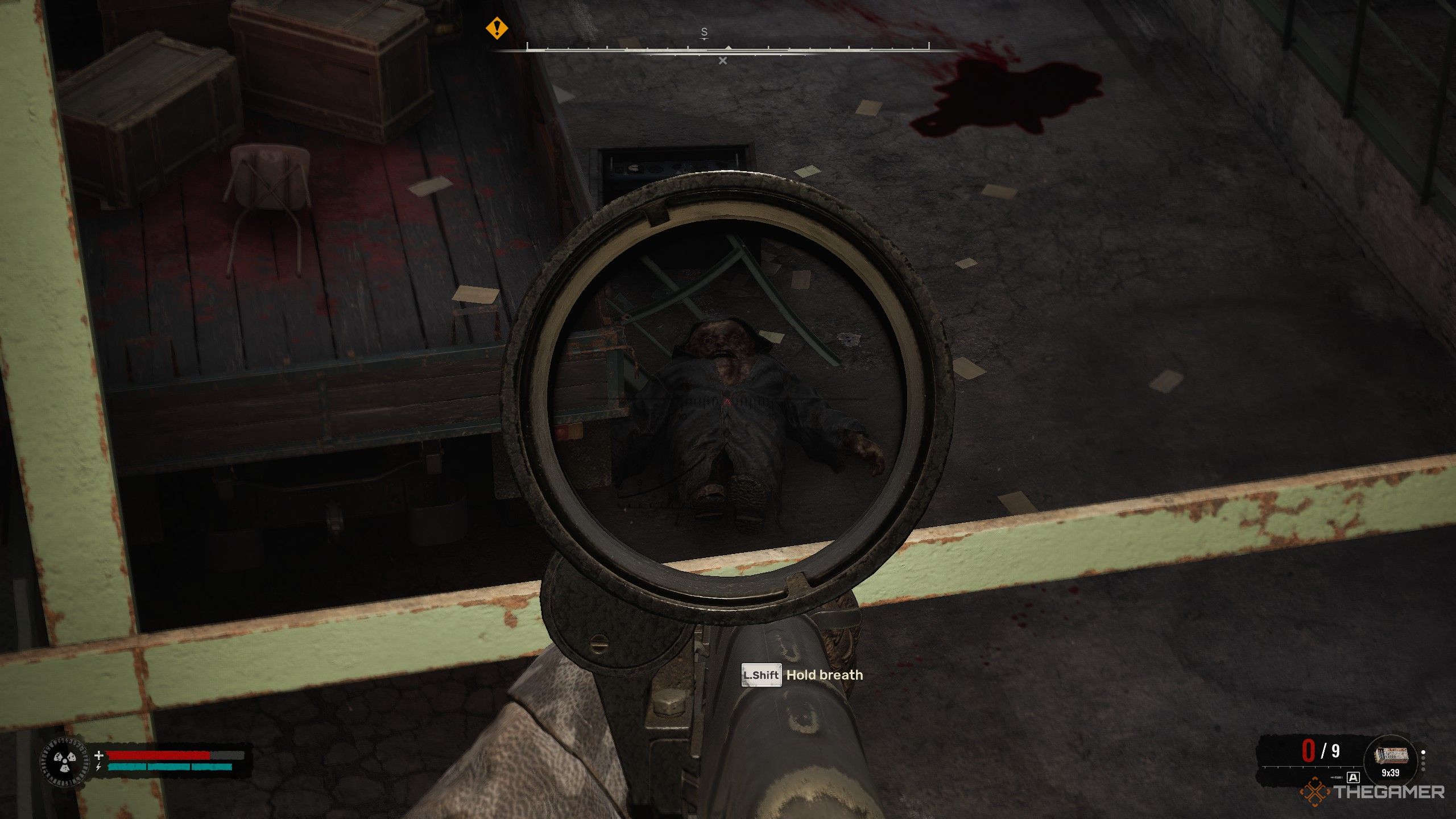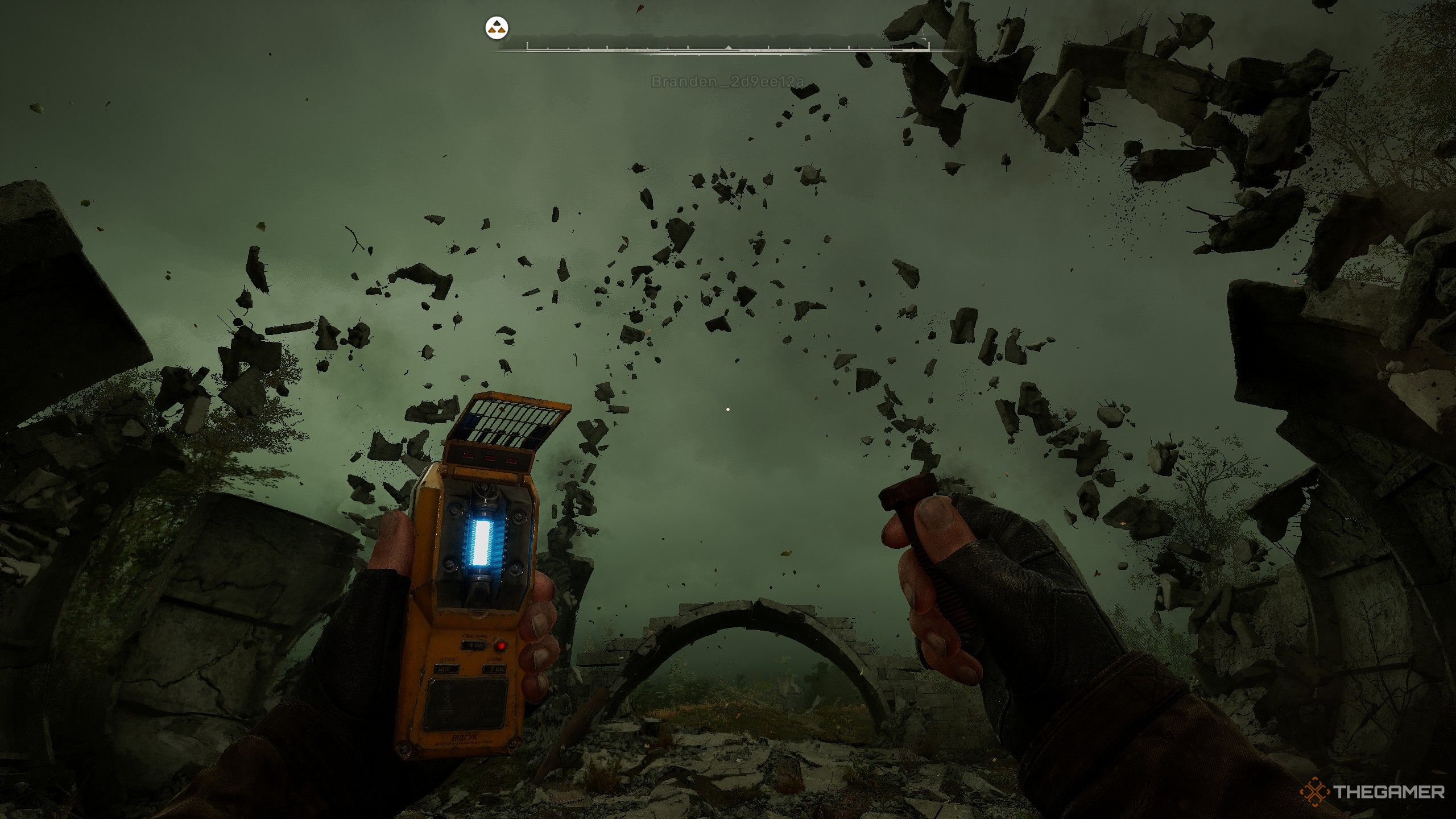For a series known for its harsh setting, radioactive wastelands, and superpowered mutants, I didn’t expect Stalker’s latest entry to hit me with the moral quandaries, philosophical ideas, and complicated questions that it did. And while they may not be to the questions I initially had, I can always find answers in the Zone.
The Zone is the land surrounding the titular nuclear power plant, and where Stalker 2: Heart of Chornobyl takes place. After a second catastrophic failure, it becomes filled with supernatural phenomena; spatially distorting anomalies, mutated creatures, and powerful artifacts now litter the landscape.
Looking Like A Real Roadside Picnic
You play as Skif, a generic protagonist tough boy who entered the Zone from the outside in an attempt to recharge an artifact that crashed into his apartment. The further you progress, the more complicated things become, with Zone-dwelling factions spurring conflict in an already hostile world.
The experience is comparable to Fallout 3 or New Vegas. Stalker 2 is set in a large, open world with points of interest scattered about. The main gameplay loop is, to be slightly reductive, to go out, explore these points, and scavenge whatever items of value you can find, all while avoiding damage-dealing anomalies or enemies. Go back to the nearest settlement, sell your loot, upgrade your gear, rinse and repeat.
The first thing you’ll notice is the stunning art direction. Developer GSC Game World does a great job of articulating its refined vision through dilapidated train stations covered in spontaneous fire, flooded swamps with spheres of water floating overhead, and settlements populated by roughly dressed Slavs huddling around rusted, makeshift tables. Everything in the world paints a richer picture of life inside the zone.
Pay attention to the recommended and minimum specs on PC. These graphics come with a hefty asking price. Even my PC (which isn’t exactly a weak build) had some trouble keeping up.
People Give The Zone Life
It’s the NPCs that made me feel this sense of life in the Zone the most, though. There are plenty of characters to meet and interact with, from random merchants and mechanics to recurring plot-driven figures. Regardless of how vital or unimportant each character is to the story, they’re thoroughly fleshed out. Everyone has a name, a unique face, a distinguished voice, and an overall personality that sets them apart. Richter, the first friendly face you meet in the Zone, has a musical whimsy to his world view. Zotov, a military officer, displays the sternness of someone just wanting to keep people safe. This gives the overall world a feeling of fullness and helps keep each settlement feeling distinct.
This was the driving force behind my journey through the main quest, since Stalker 2 doesn’t offer the most engaging story. I was never chomping at the bit to see what happened next, but my interactions with characters like Richter, Dalin, and Faust, had a richness to them that I enjoyed, and wanted to see more of.
It’s a shame then that combat, which you’ll be engaging in significantly more than bouts of dialogue, is otherwise so mediocre. A majority of my encounters were either against hostile humans or the occasional mutated animal, with fights against supernatural monsters being the most infrequent (I’ll get to why that’s actually a good thing in a moment). Unfortunately, none of these skirmishes are fun or satisfying to take part in.
Every Fight Will Be Blunt
Humans are, counterintuitively, ‘fragile sponges.’ If you shoot them in the head, they die. It doesn’t matter what kind of gun you use or how strong it is; a headshot is almost always an instant kill against a human. The rest of their body, however, is strong enough to take an entire 30-round clip from my rifle, and then a couple shots on top of that.
Animals, like dog packs or rat swarms, weren’t as tanky, but they always spawned in large groups and were tremendously quick on their feet, resulting in plenty of frustrated spraying about trying to get them all, while another one somehow ends up behind you to bite your ankle.
The monsters, though, are the worst offenders. Half of them are invisible, the other half have psychic powers that debilitate you, all of them have far more health than I liked. They deal a lot more damage, too. So plenty of effort is spent trying to avoid them. Fights against these creatures fall into tedium quickly, dampening any satisfaction from victory.
I also noticed a tendency for packs of enemies to spawn in an area that I’m in the middle of actively exploring or have already cleared out, which was frustrating in a different way.
The Zone Is Meant To Be Explored
Fortunately, the one thing you’ll do more than shooting in The Zone is exploring it. You’re free to travel across the rather sizable map, going to any point of interest you see. These are highlighted on the map, providing you with plenty of clear directions to go, and each location has a little something to be discovered. Sometimes it’s bullets or equipment, other times, it’s messages left by expired Stalkers (which often direct you to their stash, which directs you to a new place to explore). Don’t expect every site you visit to be a rich and memorable experience, but even if you don’t find a new gun, or an interesting artifact, you’ll generally come out of each location with a few more supplies than when you entered.
The exploration could be improved further by providing more variety to what can be discovered beyond medkits and sausages. But the overall task of searching and scavenging is satisfying as it is.
There can be a certain sense of monotony. How many ruined office complexes do you really want to explore? But there’s enough variety in the biomes that you can resolve that easily enough by going to a different part of the Zone. And if you’re truly not sure where to look, side quests will point you toward some of the more interesting spots.
Stalker 2: Heart of Chornobyl is a perfectly average open-world survival shooter. It’s an interesting setting with well-realized characters, but it’s held back by unsatisfying gunplay and a run-of-the-mill sense of exploration. I wouldn’t recommend it to everyone. But if you’re a fan of games like Fallout, or you enjoyed past Stalker games, then this one is worth your time.
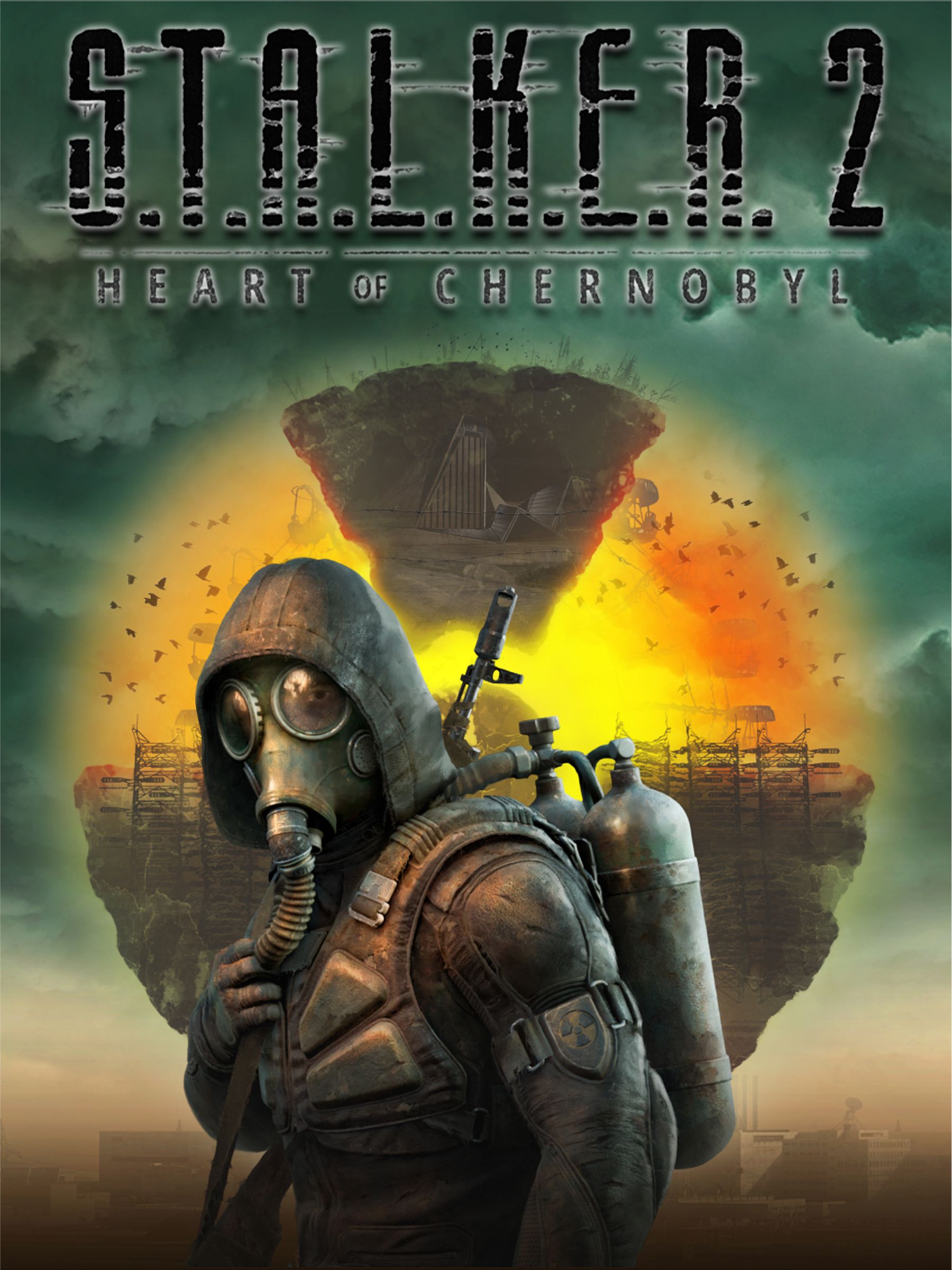
Reviewed on PC
- Well-realized world and style
- Unique and interesting characters
- Bullet sponge combat is frequently irritating
- Though exploration is a highlight, it isn?t above average



